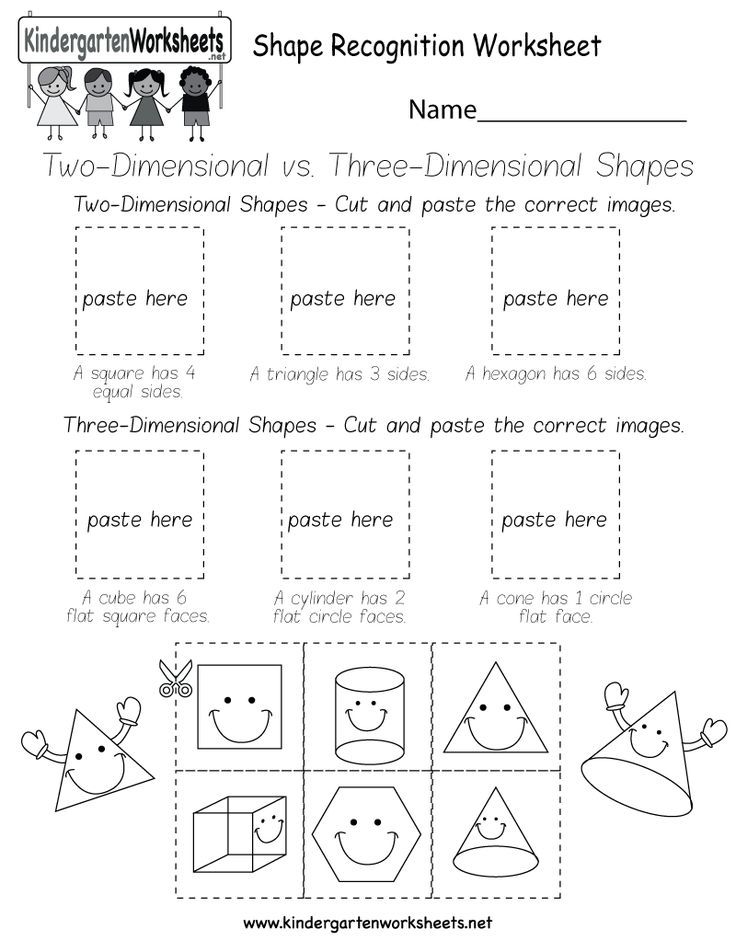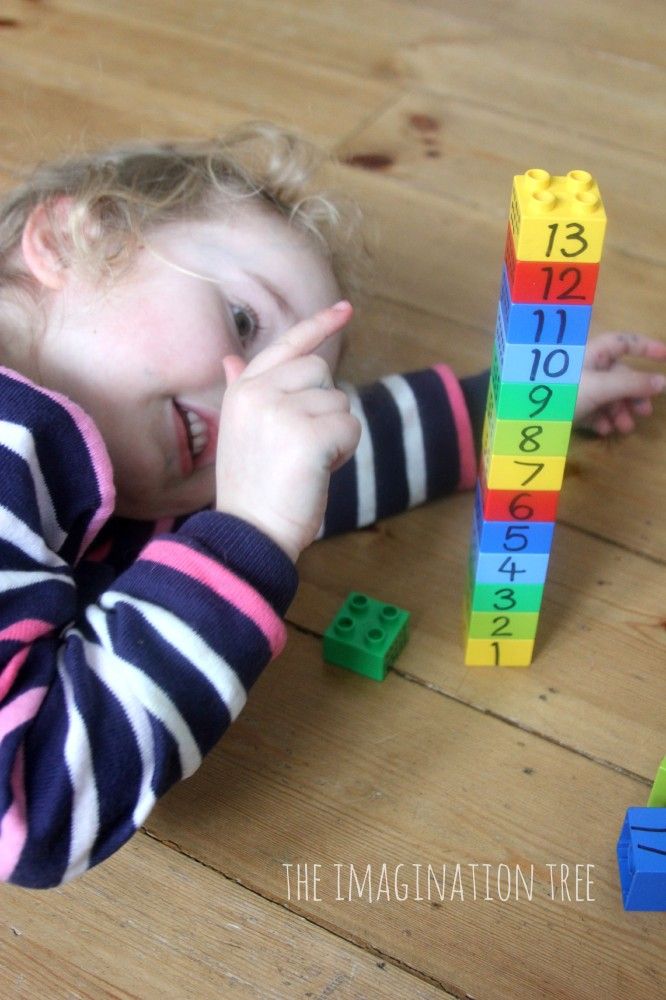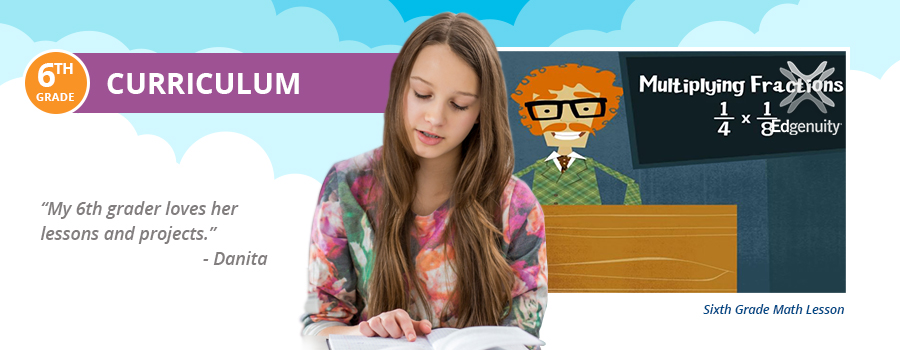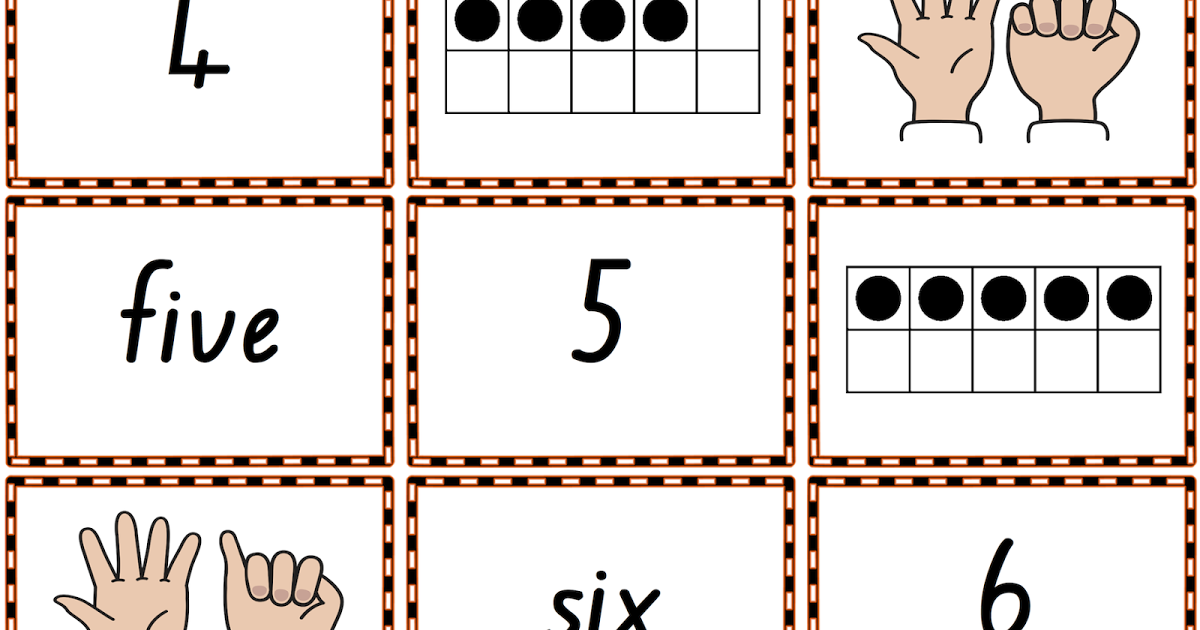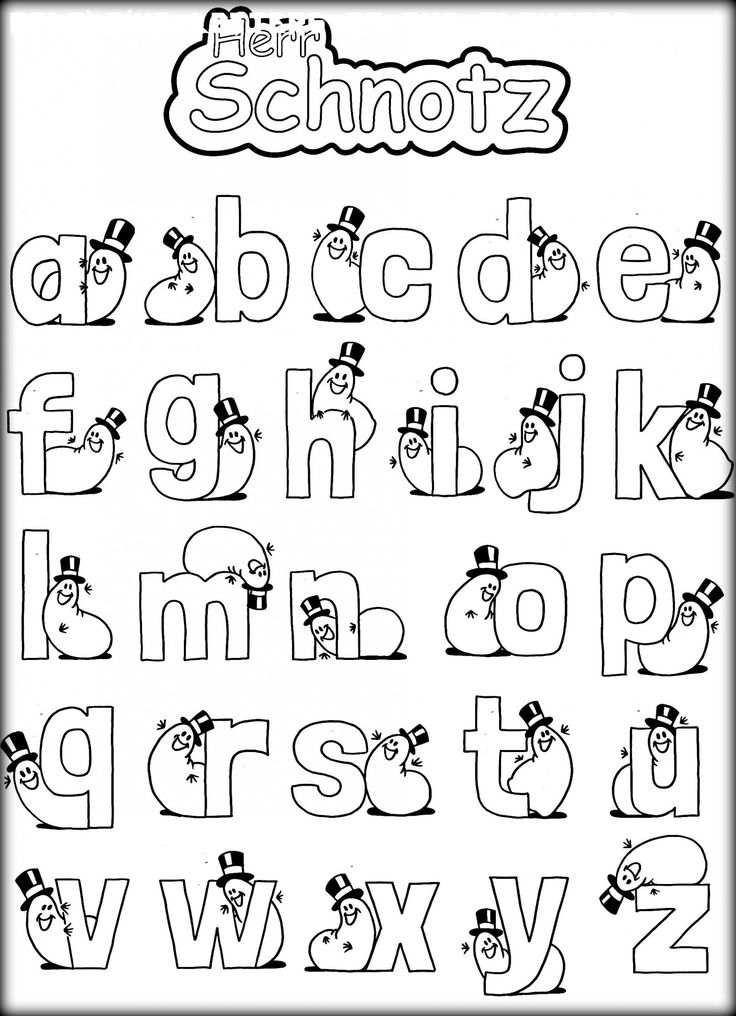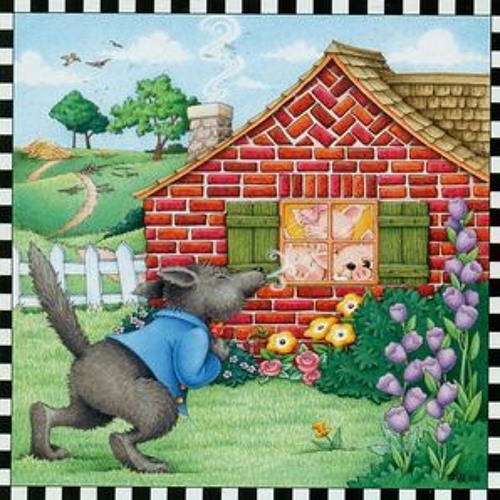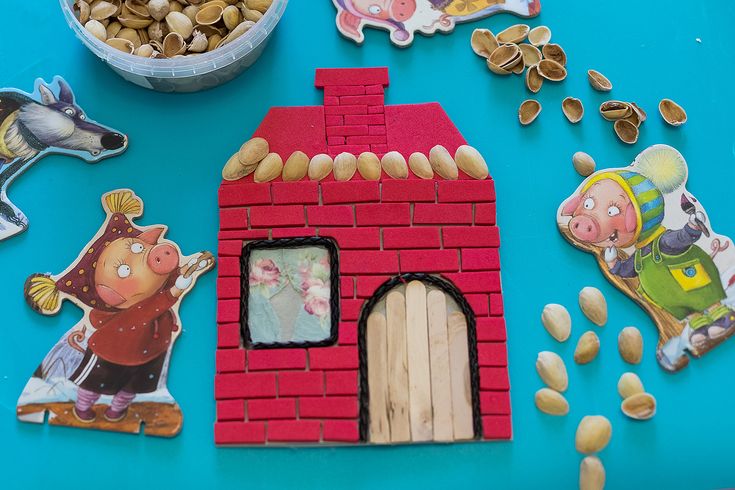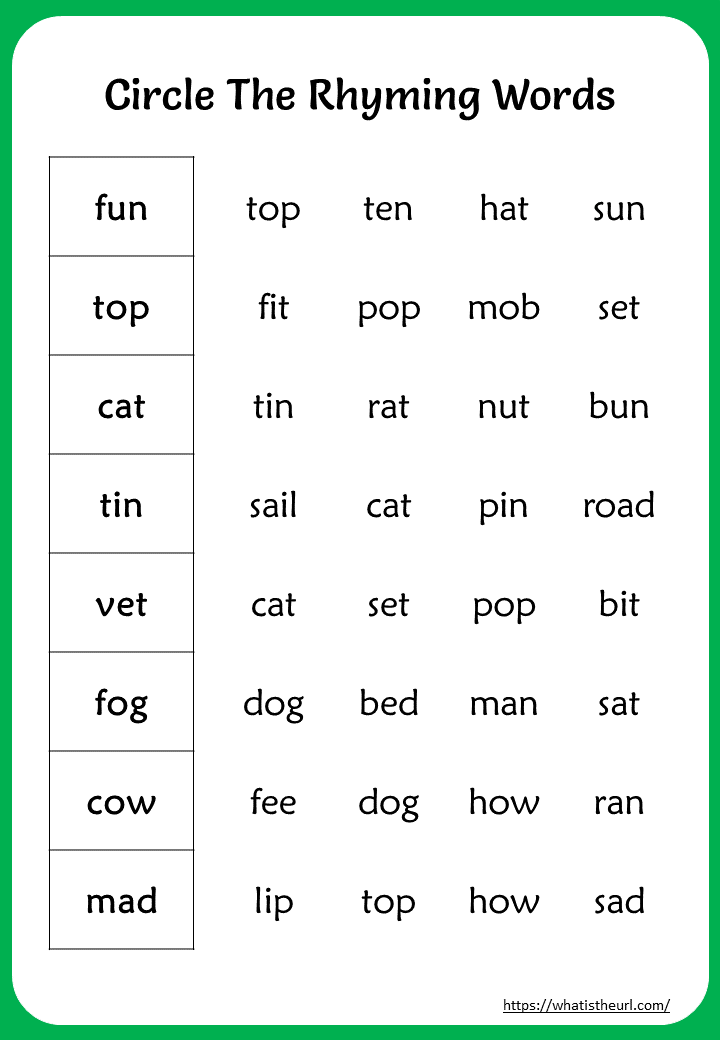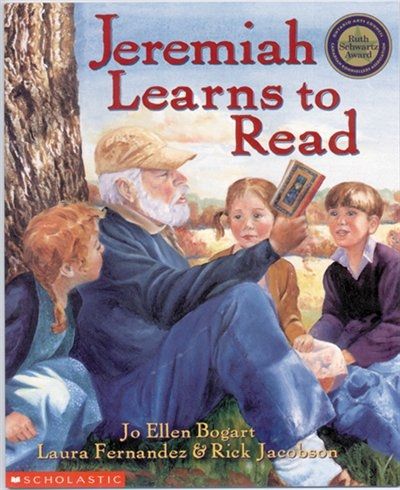2D shapes for kindergarten
Fun and Engaging 2D Shape Activities
One of the very first math lessons we teach in kindergarten is two-dimensional shapes! There are so many ways you can introduce shapes while also engaging your students in fun, hands-on activities. I think one of my favorite things about teaching shapes is that the students don’t even realize they are learning! They get to build, sort, and manipulate shapes in many ways, which leads to high engagement. Read on for my favorite kindergarten-approved 2D shape activities that your students will love!
Activities for Teaching 2D Shapes
Since shapes are all around us, chances are that many of our students will enter kindergarten with a basic knowledge of shape names. It also doesn’t take too long to fill in the missing shape names that our students haven’t quite mastered. After that, the goal is for our students to describe, build, and even manipulate two-dimensional shapes. This is where some additional shape practice activities can come in handy!
Introducing Shape Names and Attributes
The first step in teaching students shapes is to make sure they know all of the 2D shape names and their unique attributes. I have found that all students benefit from an introduction (or reintroduction) to the shape names and attributes before we move on to other 2D shape activities.
I love introducing and reviewing shapes with these 2D Shapes Poems! These poems are catchy and help students learn about each shape’s attributes as well as relate them to real-world objects that they already know. Before you know it, your students will look at a stop sign and say, “Hey, that’s an octagon!” 🙂 #proudteachermoment
I introduce the shapes one at a time which prevents overwhelm and allows the students to focus on that shape and its unique attributes. We practice one shape each day until all of them have been added to our shape wall!
Identifying and Describing Shapes
After plenty of time has been spent pronouncing the shape names and discussing the shape attributes, it is time for students to put that knowledge into practice. They are now ready to identify shapes in different contexts and describe them in their own words! As with any new concept, it’s important to keep young learners engaged by using a variety of activities when practicing the same skill multiple times, such as identifying and describing shapes.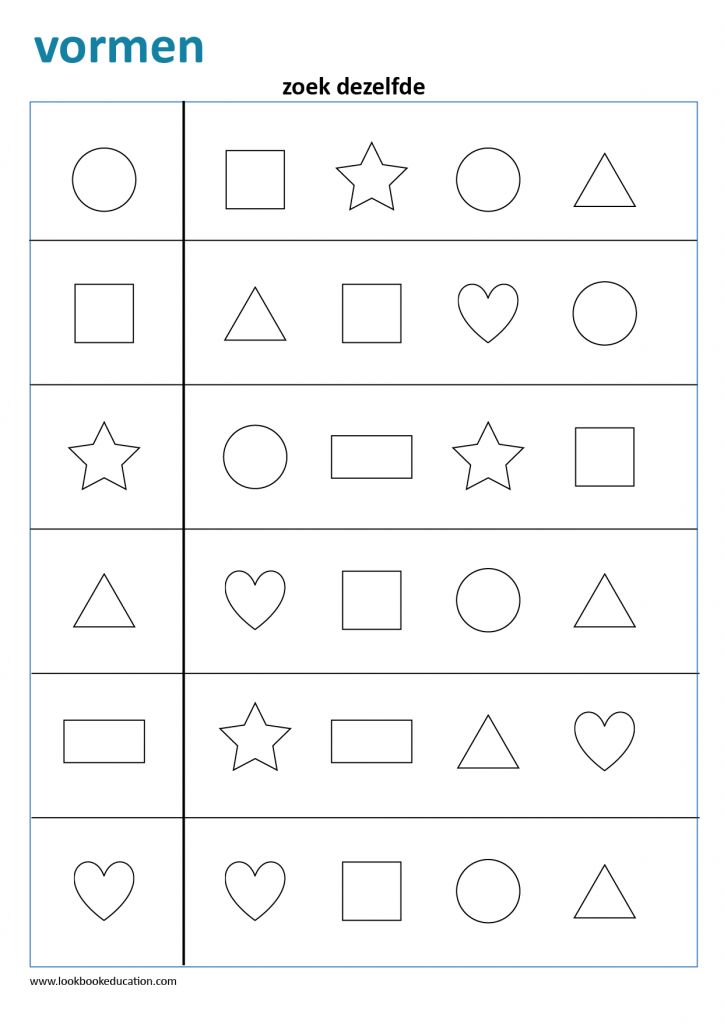
Shape Bingo is a fun way to add repetition to your 2D shape practice because students will want to play this game over and over again! I love to play this game in small groups, so we can quickly review the shape names and attributes as we draw each card. For an added challenge, you could pull a card and keep it hidden from the students. Then, give them clues about the shape by describing its unique attributes so that the students can guess the correct shape before placing their bingo markers.
I also love to encourage students to identify shapes in the world around them. One way to practice this skill is with a shape sort, where students can identify and sort a variety of real-world objects based on shape. This 2D shape sort is a very fun center activity that gets students excited to look for shapes all around them. It’s so fun to hear students point out the shapes they see as they walk down the hall!
Here are several more 2D shape activity ideas that will keep your students engaged as they practice identifying and describing shapes in multiple ways:
- Play a shape game where students draw a shape out of a bucket and say its name and whether it has curved or straight lines
- Play “I Spy” where students must find real-world objects that match a specific shape
- Go outside on a nature hunt and see what you can find in each shape
- Do a shape show-and-tell
Making Shapes
After students have a good understanding of shape names and their attributes, they are ready to start building shapes on their own! There are many ways to provide individualized opportunities for shape building, based on the fine motor skills of your students.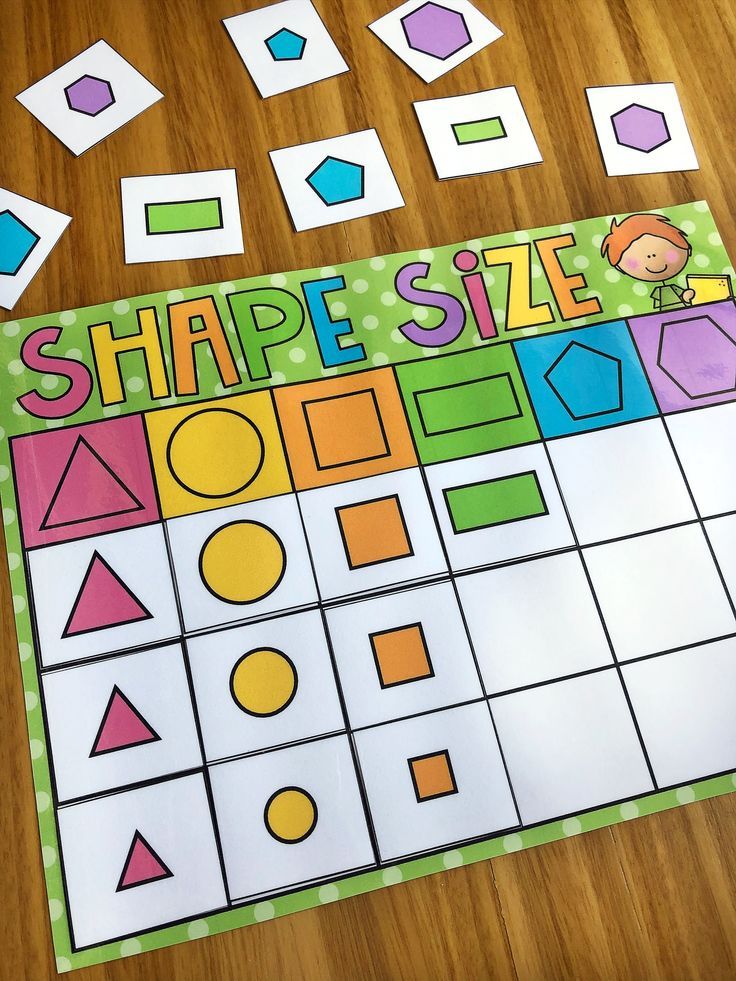 Some students might form shapes using craft sticks while other students might be ready to trace shapes with a highlighter.
Some students might form shapes using craft sticks while other students might be ready to trace shapes with a highlighter.
In the kindergarten classroom, it’s important to include fine motor practice anywhere we can. Two-dimensional shape building practice is the perfect time to strengthen hand-eye coordination and writing skills! Here are some additional ways to practice forming and writing shapes:
- Practice drawing shapes in the air
- Highlight shapes
- Trace shapes with a writing utensil
- Practice making shapes with sensory materials, such as in sensory trays filled with beads, cereal, rice, etc.
- Trace over shapes with little cars or something similar
- Form shapes with playdough (Check out this playdough mat freebie)
- Form shapes with craft supplies, such as pom-poms, craft sticks, pipe cleaners, etc.
Working With Shapes
Once students have had plenty of time to form shapes using their knowledge of shape names and attributes, they’re ready for the next step: Working with shapes.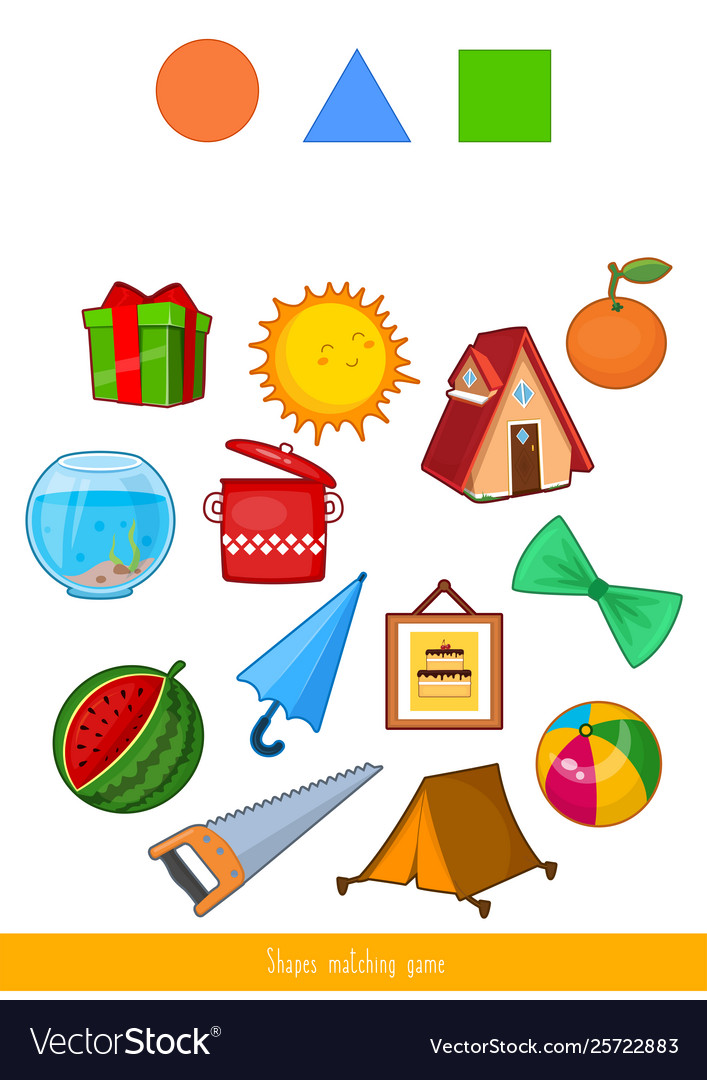
When students are given plenty of opportunities to manipulate and work with shapes in various ways, it deepens their understanding of two-dimensional shapes and prepares them for future math concepts.
One of my favorite 2D shape activities is this shape-building activity, where students can see the relationship between shapes as they use pattern blocks to create a larger shape. I love how this activity encourages students to see how shapes are related to each other.
Here are some of my other favorite ways to help students build on their budding knowledge of 2D shapes:
- Sort shapes by attributes, size, color, etc.
- Build with shapes
- See what they can build using only one shape
- Do art projects using a variety of shapes
- Build their name with shapes
- Make a shape book
Using 2D Shape Activities for Centers
Many of the activities I mentioned above would be perfect for math centers in your kindergarten classroom. In fact, I have compiled my ten favorites into a collection of 2D Shapes Centers and Activities! These activities include practice opportunities for 12 different two-dimensional shapes. These shape centers are perfect for kindergarten, Pre-K, and preschool!
In fact, I have compiled my ten favorites into a collection of 2D Shapes Centers and Activities! These activities include practice opportunities for 12 different two-dimensional shapes. These shape centers are perfect for kindergarten, Pre-K, and preschool!
2D Shapes Centers and Activities
$5.00
These 2D shapes centers and activities are full of learning and fun for your preschool and kindergarten students. You can use these activities as you introduce the 2D shapes to your class, or spread them out throughout the year in your math centers. Some centers are also in black and white to be printed on colored paper.
Shop Now
Save These 2D Shape Activities
Be sure to save this post to your favorite classroom board on Pinterest so that you can refer back to these ideas later!
21 Creative Ways to Teach 2D Shapes in Kindergarten – KindergartenWorks
Teaching shapes to kindergarten is part of many standards-based curriculums.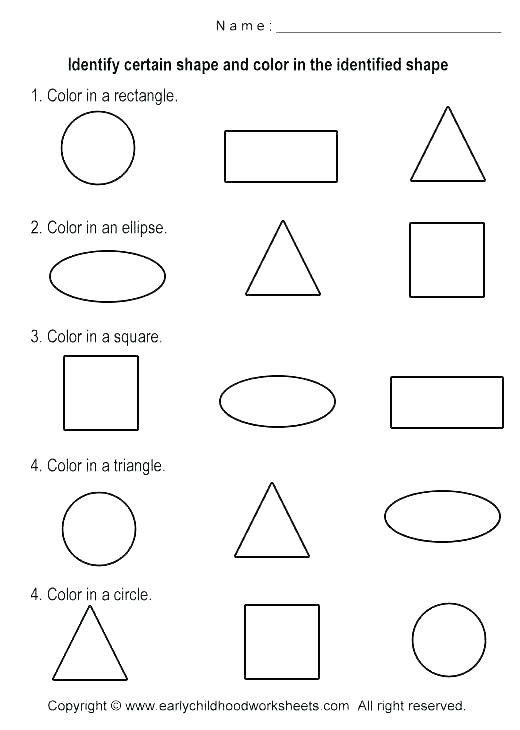
When you teach 2D shapes, you're covering some basic geometry skills your kinders will build from for years to come.
Let's look at how to teach 2D shapes and dig into some 2d shape activities and games to help you cover this topic.
How to teach 2D shapes
If you're wondering how to teach shapes to kindergarten - then here are the essentials you need to cover.
1. Teach the names
Teach the names of the shapes. You could consider this vocabulary, but they need to identify the name of each shape no matter the orientation (which way the shape is turned).
source: teachwithme.comYou can always use a fun hook like these 2D shapes owl craft to get them started on learning the names of the shapes.
I recommend these 2D shapes kindergartners should know the best: circle, triangle, rectangle, square and hexagon.
source: miss-kindergarten.comYou could easily add some free shape posters or poems to your daily routine until your kiddos know them by heart.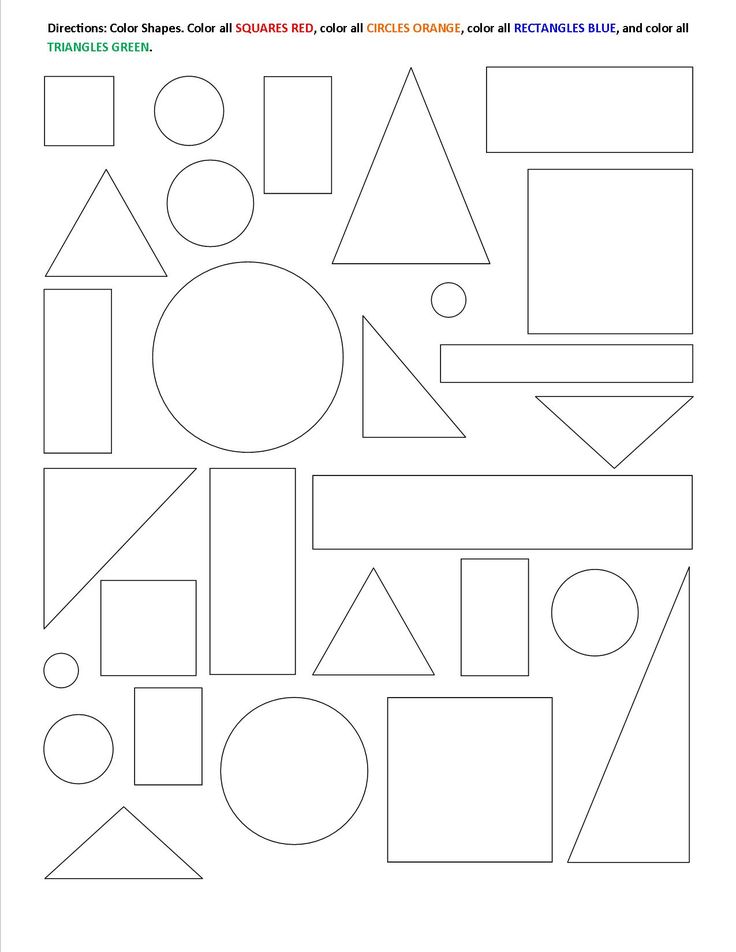
And this is totally my opinion - but forget teaching 2d shapes like the heart and the star (those are almost like "gimmes" in today's kindergarten).
Remember: if you use pattern blocks for any activities - don't shy away from teaching the trapezoid, rhombus and parallelogram. It's an easy way to get extra shape names with what you're already using.
2. Teach what makes a shape unique
Teach the unique characteristics of each shape. What makes the shape unique?
You can use 2D shape bingo, a hide-n-feel game or even a little mini booklet to help cover how to describe the 2D shapes.
I made a mini 2D shapes booklet to use with my guided math groups.
I like that students pick up on the basic book pattern:
- The first page asks a question based on a shape's attributes.
- The second page answers it.
But you can even create shape puppets to get them talking about what makes the shapes unique.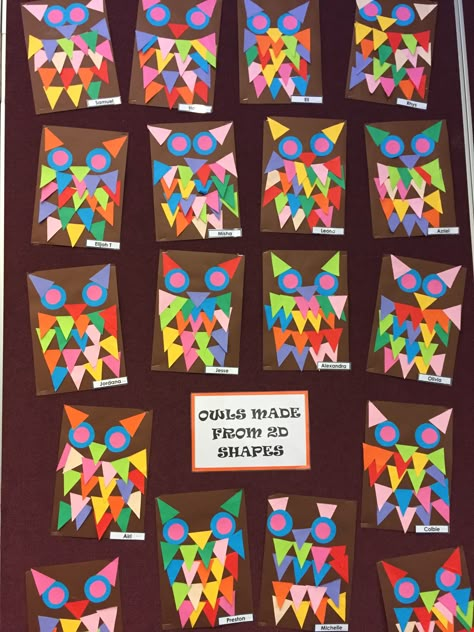
Consider using videos as well to teach describing 2D shapes - like how many sides and vertices each shapes has.
3. Teach what makes a 2D shape a 2D shape
Teach what makes the circle, square, triangle rectangle and hexagon all 2D shapes in a simplified fashion.
I like teaching this when I introduce 3D shapes (we compare the difference) and my students can already name and describe all of the 2D shapes for kindergarten accurately.
4. Teach shapes in the world
Teach real-life examples of shapes. Students should be able to pick out shapes in the world from the environment around them but also create real-world things by combining 2D shapes.
This quick shapes in the world video for kindergarten is perfect before going on a shape hunt.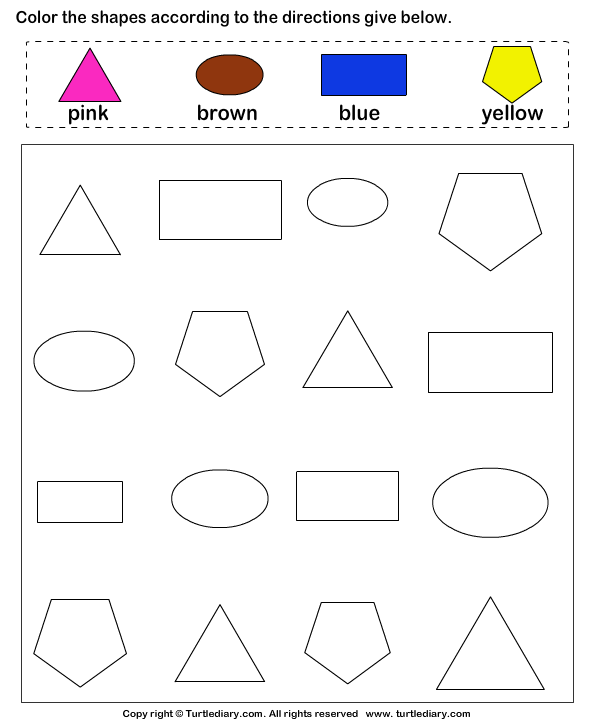 It reinforces a circle, square, and triangle in everyday items and has kids draw shapes in the air.
It reinforces a circle, square, and triangle in everyday items and has kids draw shapes in the air.
You'll find a few more examples of how to teach shapes in the world with some of the activities listed below.
Activities to do
Here are some fun ideas for how to teach 2D shapes with kinders.
There is a variety to pick from that can help accomplish the goals we mentioned above.
source: crayonbits.blogspot.comCreate a lift-the-flap riddle book with your students. Have them dictate the text and cut out shapes. Let them show what they know to make a class book.
Teach how to draw the shapes - by teaching how many points to draw. I learned this tip from our district's leading preschool teacher.
Kids that came from her preschool program came in knowing how to draw shapes in kindergarten and I learned this was her secret method of teaching them! {wink}
source: afaithfulattempt.blogspot.comIf you're teaching 2D shapes during Christmas, create a Rudolph at the window art project using construction paper shape pieces.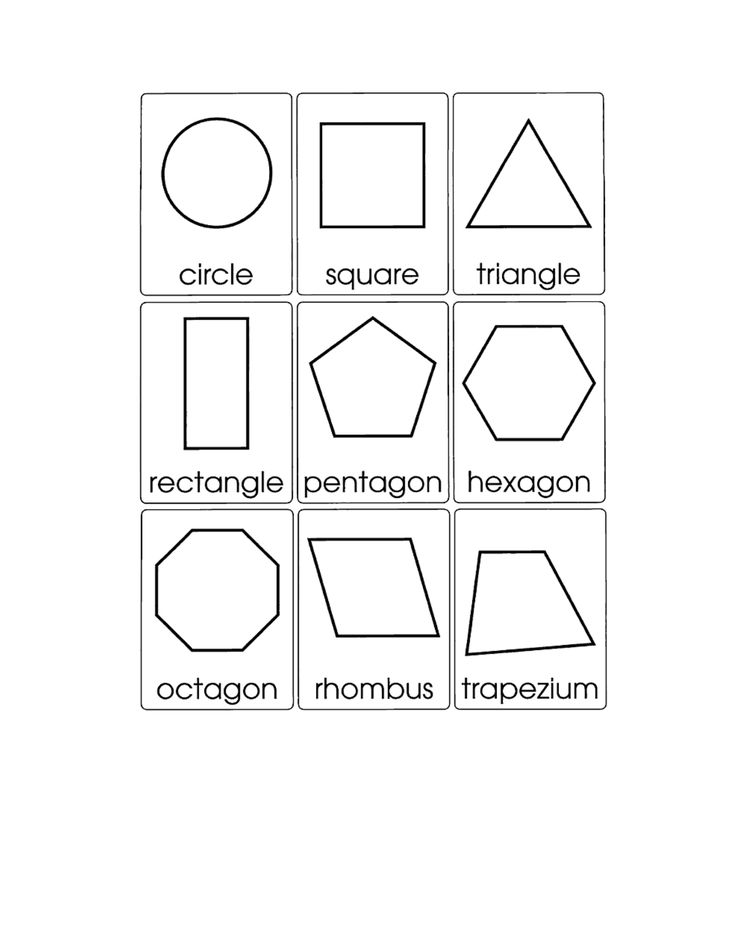 It sticks to basic shapes. I love the finished product.
It sticks to basic shapes. I love the finished product.
You could also use this free shape reindeer card activity and adapt it a bit since it was designed for first grade.
source: bishopsblackboard.blogspot.comTake the shape your class is having the most difficulty with and let them get creative! Have them turn the shape into something in our world simply by adding details.
source: peekaboomakelearnsewanddo.blogspot.com.esUse whatever shape manipulatives you have and create 2D shape scenes or real-world things. Snap photos with your phone and print them as example cards.
Students can try to recreate yours or build their own 2D shape real-world things.
If you only have pattern blocks, try to add in some circles, squares, and rectangles made out of craft foam from the dollar tree.
source: llittlefamilyfun.comSpeaking of making your own 2D shape manipulatives - this teaching 2D shapes dinosaur activity is a perfect example. Cut your own shapes and let your students create.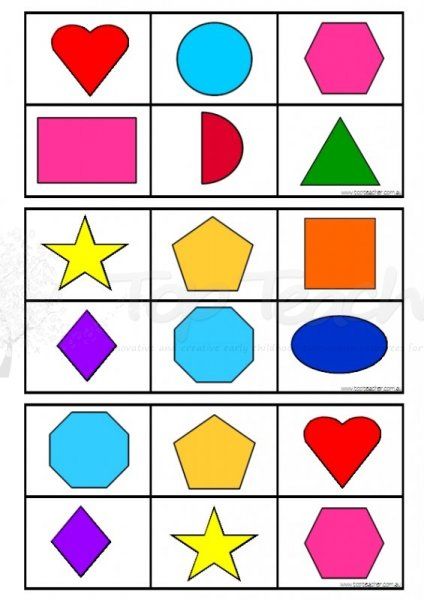
Grab toothpicks and marshmallows (or playdough) with these printable build a 2D shape cards. Students can focus on the number of vertices each shape has.
Play 2D shapes games
Play games that involve looking at shapes in different ways.
Play this little roll-a-shape 2D shapes in the world game. It's perfect for beginning kindergarten.
It's simple to play and students can do it independently. They roll a die, say the shape's name and color or trace a matching shape in the picture.
This shapes in the world printable board game is a simple way to play in small numbers.
source: downunderteacher.blogspot.com.auIf you just need something that works on naming and identifying - then this quick shape game is what you're looking for. Add a pencil and paper clip as a makeshift spinner.
I've found a way to turn bingo into a super-effective way to work on describing shapes in kindergarten. So check out this describing 2D shapes bingo game that is free.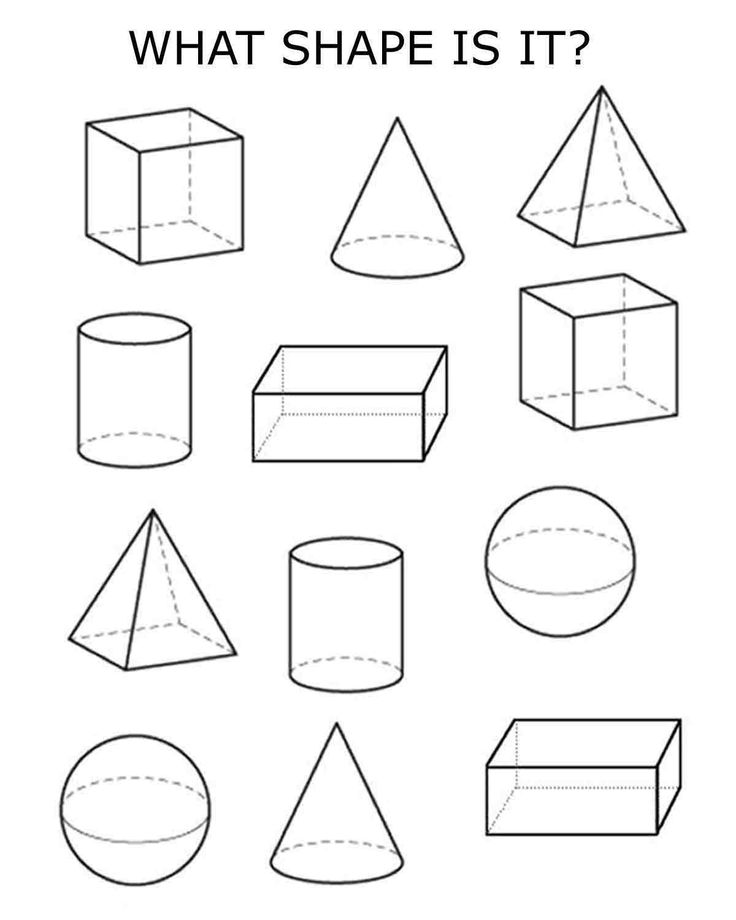
It's a classic game that's easy to share with parent volunteers too since they usually already know basic bingo rules.
source: firstgradealacarte.blogspot.comHere's an alternate naming shapes game that is styled after chutes and ladders. I think they'd like this format.
Go on a shape hunt around the classroom simply by following the directions in this secret agent shapes detective video.
Play what's hiding under the rug. This is the easiest game to teach and play with kindergarten. I love turning it over to pairs of students to play in our small group sessions so I can listen in on how accurately they are describing 2D shapes.
It's an ideal way to informally assess how well students are doing on this skill.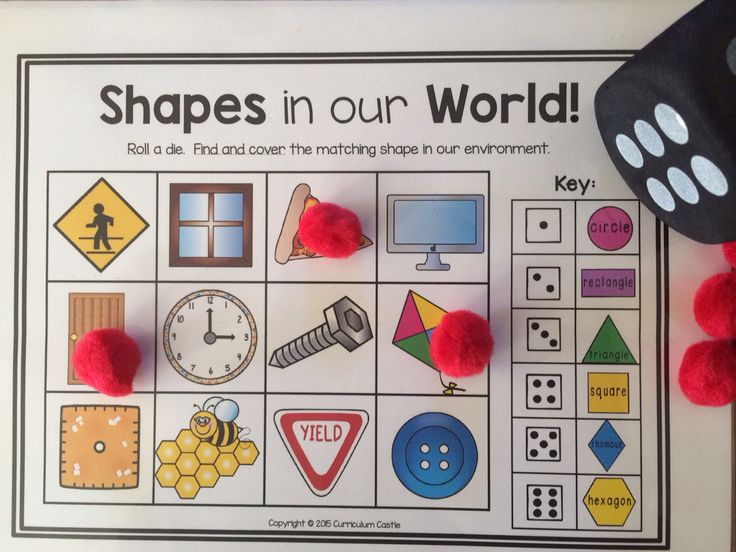
Let students each play at their own pace and graph their results with this 2D shapes game.
Find the shapes hidden in these landscapes to bring back color to the black-and-white pictures. This interactive, online shapes game reminds me of the old school Highlights for Kids magazines {wink}
Let's wrap it up
There you have the basics of how to teach 2D shapes and creative activities, games, and videos for teaching 2D shapes in kindergarten.
I hope you've found exactly what you need to complete your lesson plans. It's my goal to help you organize, think and teach your best.
You may also enjoy this short list of 2D shapes videos.
If you like what I do here on KindergartenWorks, then be sure to subscribe today. I look forward to sharing ideas with you weekly.
More Math in Kindergarten
- 10 Activities for Describing 3D Shapes in Kindergarten
- Monster Numbers – Easy Tools to Teach 0-10
- Making 5 Fluency Ideas and Games
Children's play uniforms (MAFs) for kindergartens
Outdoor equipment
- Children's play complexes
- DIKS series (2-5 years)
- ICS Series (3-12 years)
- Series IKS-BIO (6-12 years)
- Series MGN
- Play equipment
- Slides
- Swing
- Swings - balancers
- Spring rockers
- Carousels
- Sandboxes
- Cars
- Houses, play forms
- Children's tables
- Children's benches
- Climbing pieces
- Rubber 3D figures
- Educational panels
- Sports equipment
- Children's sports equipment
- Outdoor fitness equipment
- WORKOUT
- Tribunes
- Sports complexes
- Obstacle Course Elements
- Sports complexes of the NEXT series
- Universal sports grounds
- fences
- 2D and 3D fences
- Lawn fence
- Fences
- Garden equipment
- Benches
- Park sofas
- Tables
- Litter bins and container yards
- Bicycle racks
- Dog walking areas
- Arches
- Stands
- Vases
- Topiary figures
- shade canopies
Attention! We accept orders from 40 000 ₽
Sort:
- Item no.
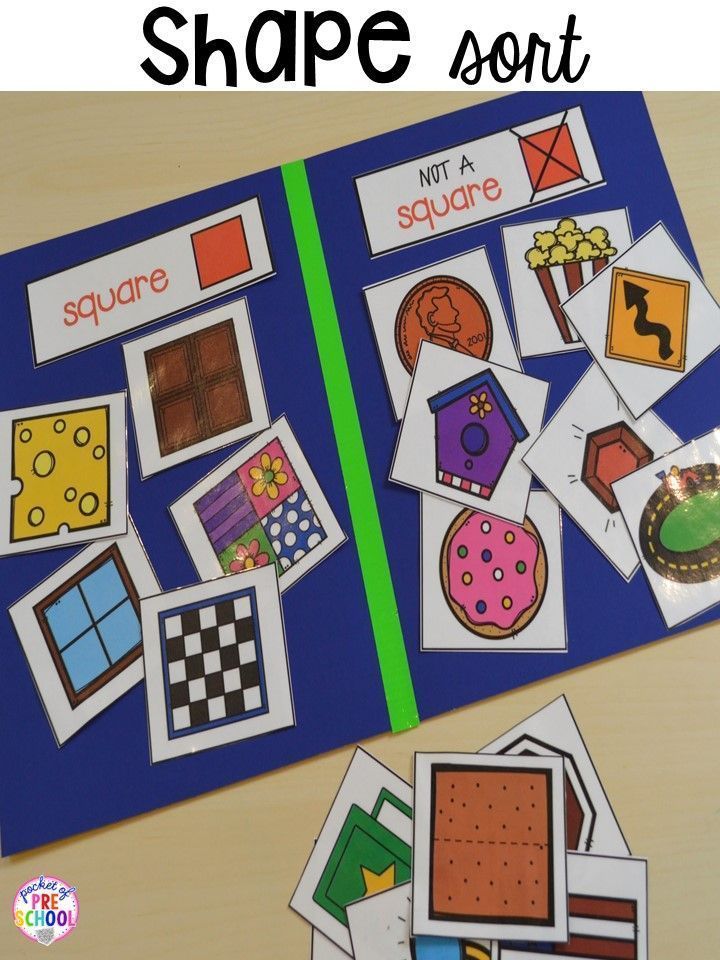
- By date added
- Cheaper first
- More expensive first
New
Children's uniform Cheese MF 1.131
New
Children's uniform Workshop MF 1.136
Children's uniform Arena under a canopy MF 1.142
New
Children's playhouse Elf MF 1.176
New
Children's playhouse Les MF 1.177
New
Children's playhouse Yurts MF 1.180
Children's uniform Arena MF 1.23
Children's uniform Water meter MF 1.25
Children's playhouse Yagodka MF 1.26
Children's playhouse Camomile MF 1.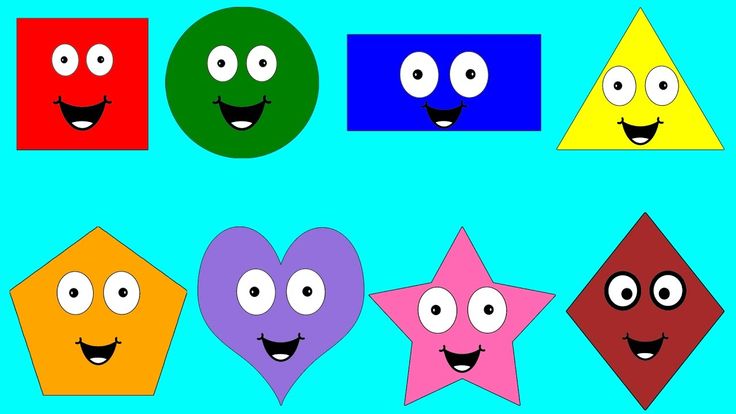 40
40
Children's playhouse Malysh MF 1.41
New
Children's playhouse Malysh MF 1.44
Children's Play Uniforms is one of the essential elements of a playground or any other entertainment space for children. We have compiled for you an interesting catalog of equipment, in which you can choose the most optimal size and design of the form. Today we offer playpens for the little ones and a fun collection of houses, blocks and tunnels, and much more. DM Imperial game forms are designed for very small crumbs (from 1 year old) to children of primary school age (up to 7 years old).
Our playground equipment for children is not only functional, but also purely decorative. On the one hand, children get the opportunity to have a good time at gatherings in our houses, on the other hand, the beautiful design of the models and rich shades of colors will make them a real decoration of any leisure space! The design of game forms is one of their main advantages.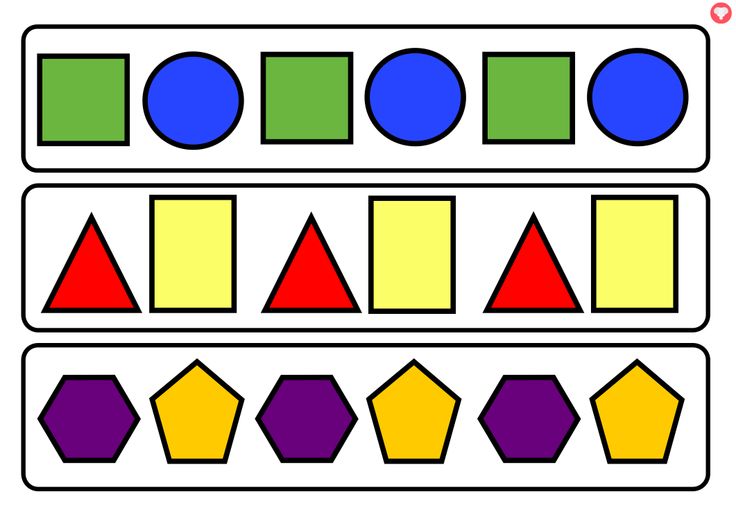 The equipment is made using marine and forest themes, with floral and fairy-tale motifs.
The equipment is made using marine and forest themes, with floral and fairy-tale motifs.
Features and Benefits of DM Imperial Play Uniforms
Our game forms are made of wooden, metal and plastic elements. Form frames are made of FSF-laminated plywood, fastened with galvanized fasteners and mounted on glued beams. The design of models differs in the high durability and stability. The forms do not have sharp corners, which significantly reduces the risk of accidental injury to the child. As an additional safety measure and to give the equipment a more aesthetic appearance, the places of threaded connections are closed with multi-colored plugs.
DM Imperial play structures are quite durable and easy to care for. Metal elements are not subject to corrosion and are protected by powder paint. Wooden structures are impregnated with a water-repellent composition, which reliably protects structures from decay. Our game forms are able to withstand even the most active children's pranks without deforming and resisting mechanical damage.
For a child, games involving such forms are beneficial, including for physical, mental and emotional development. Many complexes are equipped with various developmental tools (for example, abacus), which not only train children's fine motor skills, but also teach them basic knowledge. While in the play space, children train their imagination, invent and implement various situations. Spacious play complexes are designed for simultaneous use by several children, so playing in forms contributes to the development of communication and social skills.
Our stylish game forms will perfectly fit into the space of any playground and will be a great entertainment for children!
Metal fences for kindergartens from the manufacturer in Krasnodar
Kindergarten fence
Production of kindergarten fence.
The document regulating the basic norms and requirements for the installation and production of fences for kindergartens, playgrounds, camps is a "Manual for the design of preschool institutions.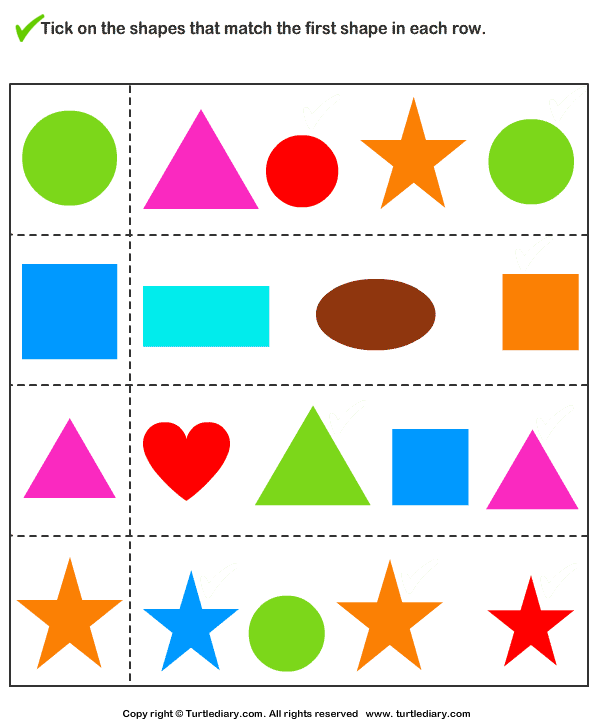 " Developed in addition to SNiP 2.08.02 - 89.
" Developed in addition to SNiP 2.08.02 - 89.
According to this document:
- the height of the site fence must be at least 1.60 m, the light transmission of the vertical bars must be at least 0.10 mm;
- passage to the object is provided for at least 3.50 m in width;
- The fence for preschool institutions is from 0.75 to 1.60 m in height, and for specialized ones - up to 2.50 m.
- Kindergarten fences must be sectional, metal frame with mesh is preferred;
- the protective structure of the site must have a light transmission of 50 - 70% with the possibility of decorating with plants.
A good option for a fence in terms of price and quality will be a welded mesh system, which includes: width 2.50 - 3.10 m, bar diameter 3 - 5 mm;
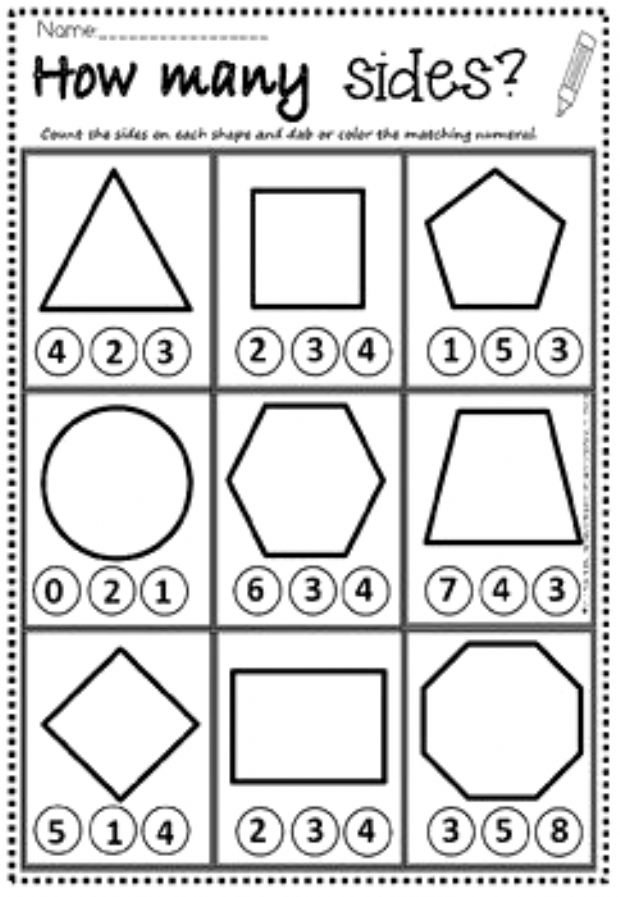
In our own production, we have the opportunity to paint the future structure for the playground in any color from the RAL range.
How to choose playground fences?
For the safety of the territory of kindergartens, the design department of our company developed a panel of the PREMIUM-perimetr series with a high structural strength, which is ensured by:
- metal core diameter of the bar in 4 mm;
- - 100 mm V-shaped bend, which is made on European equipment, which has no analogues in Russia;
- increased number of bars due to the cell 50x200 mm.
Choosing this type of sectional boards will allow you to maintain the height of the fence in accordance with the law.
Where can I buy a playground fence at a factory price?
You can buy a fence by calling the sales department. The manager will outline the possible options, calculate the exact price of the fence for the site, and consult in detail on all issues of interest.